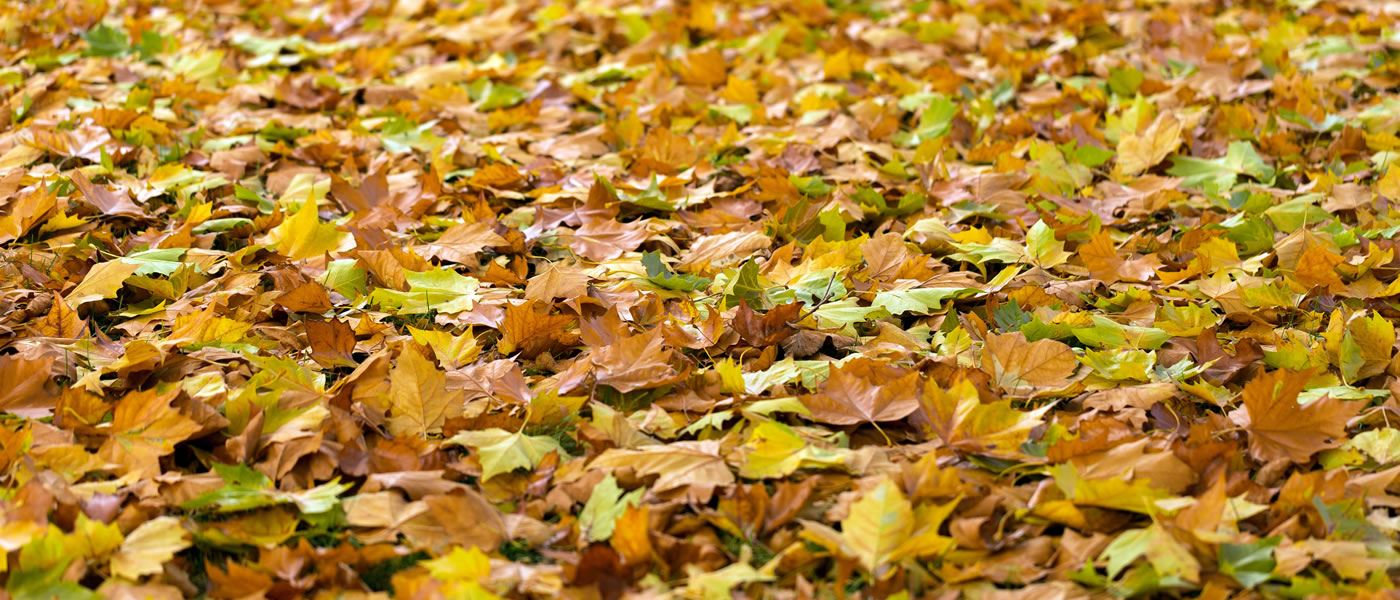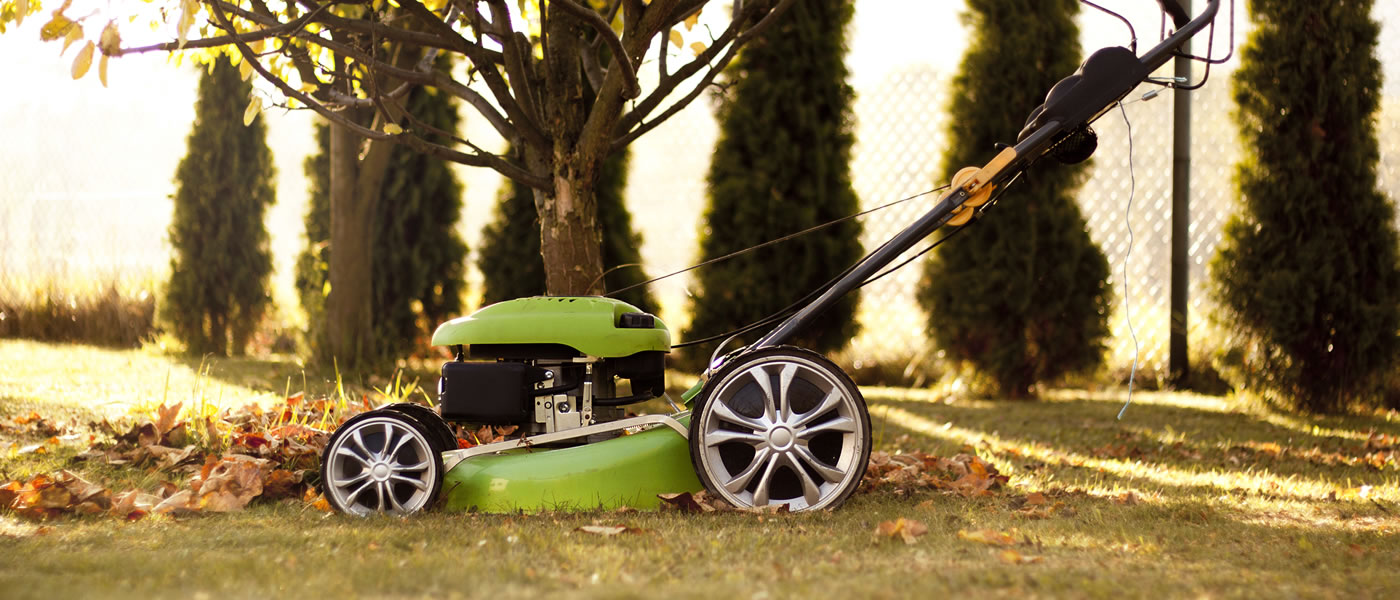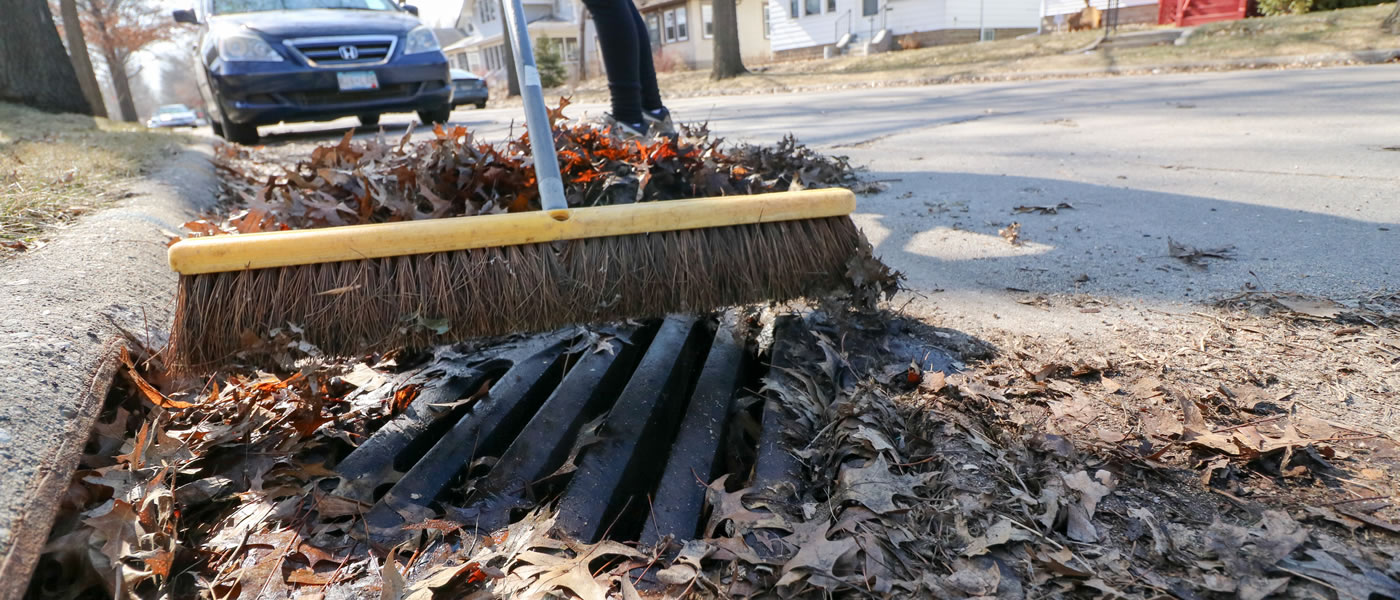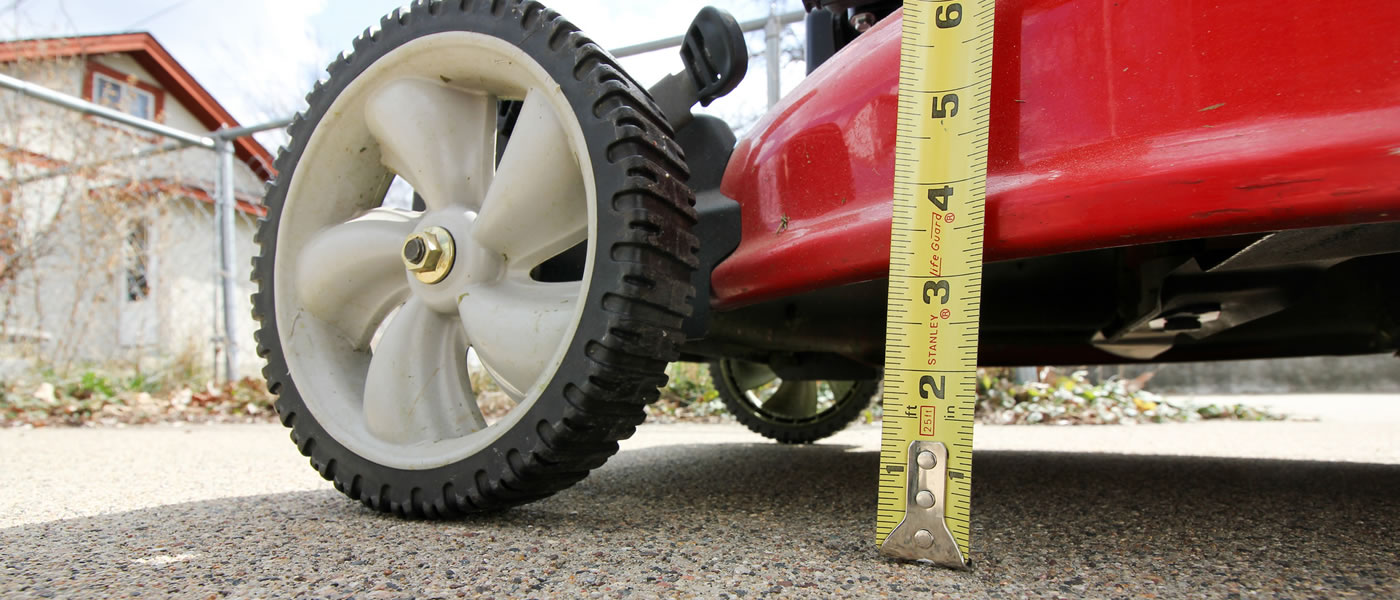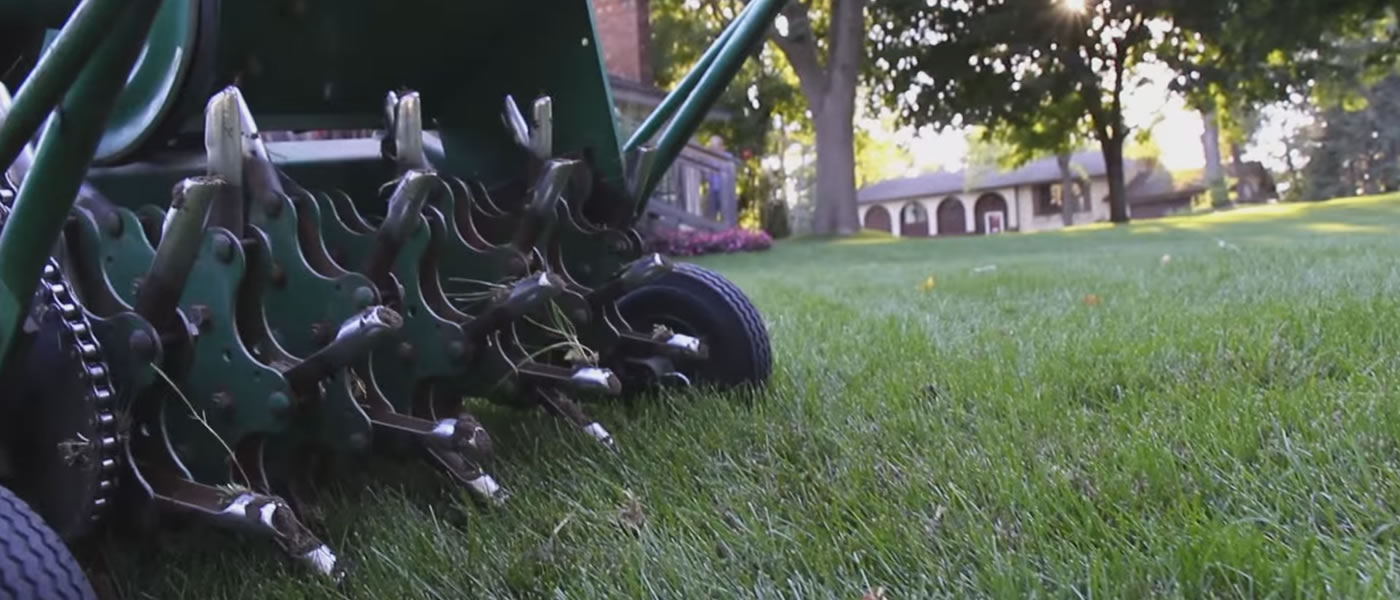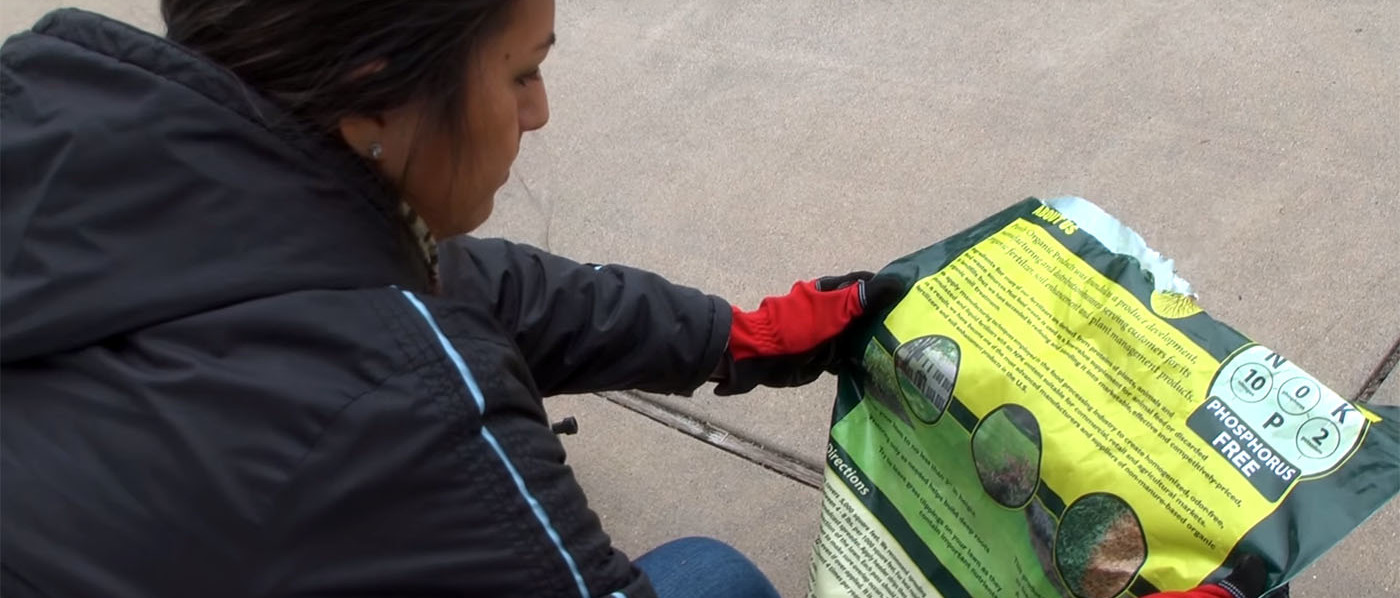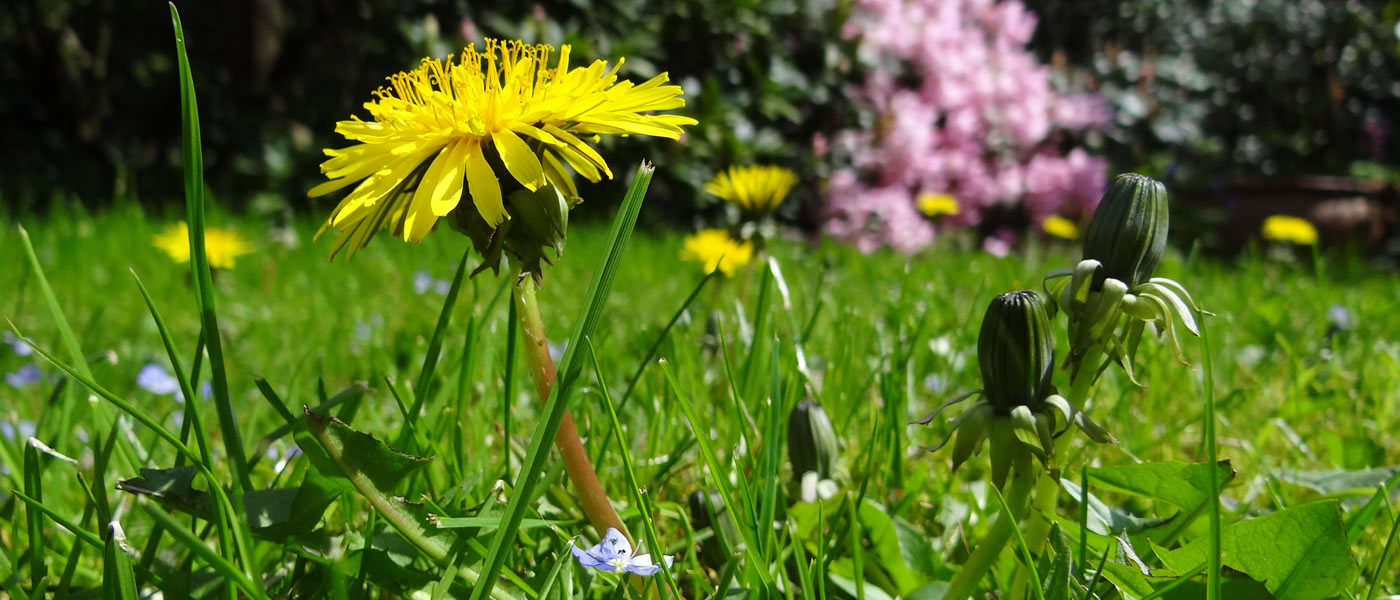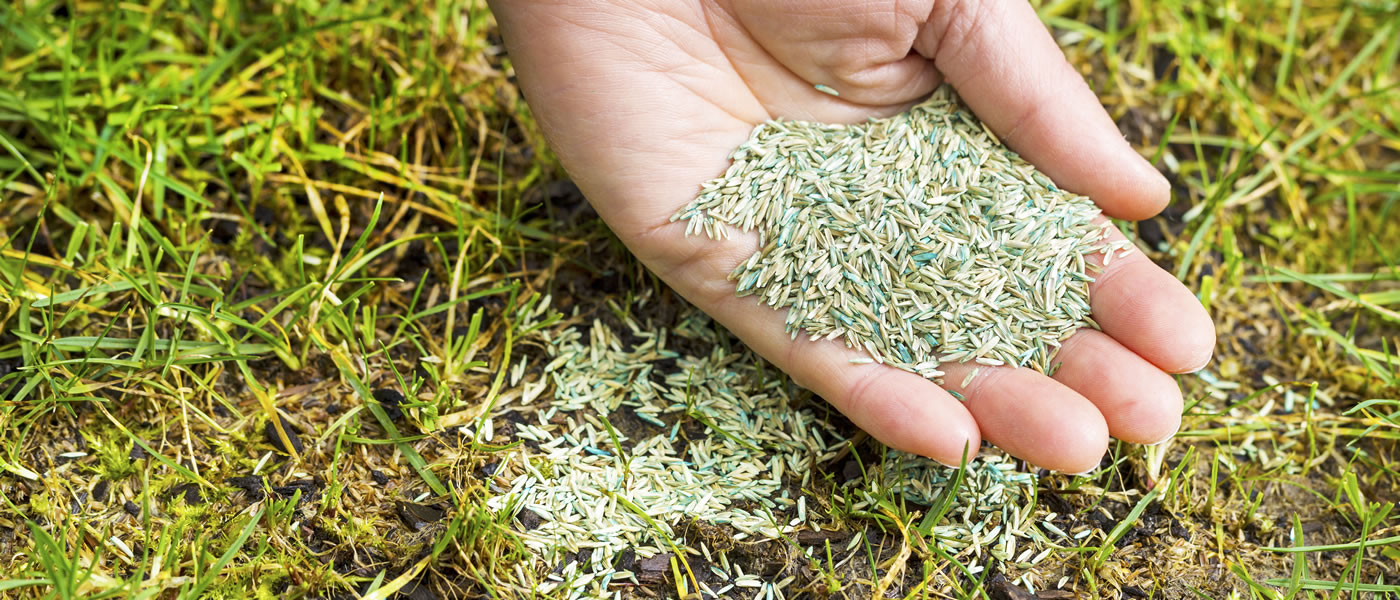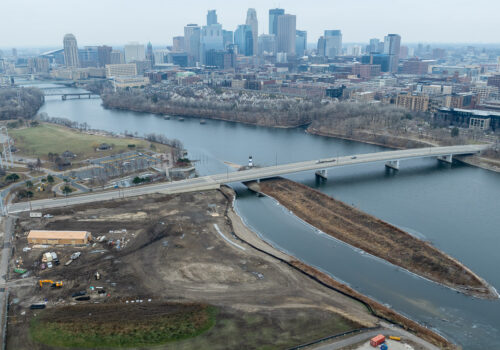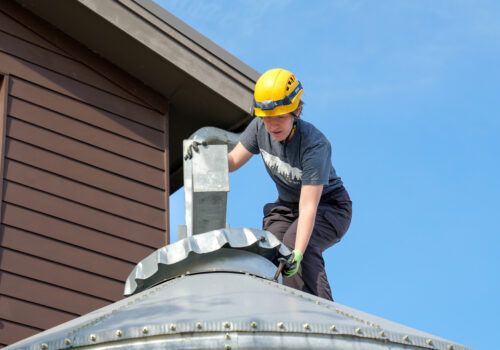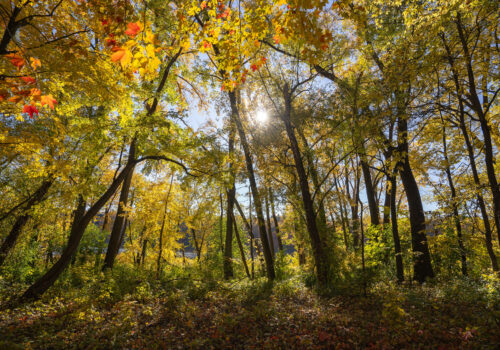News / October 07, 2016
Master the Art of Fall Yard Care

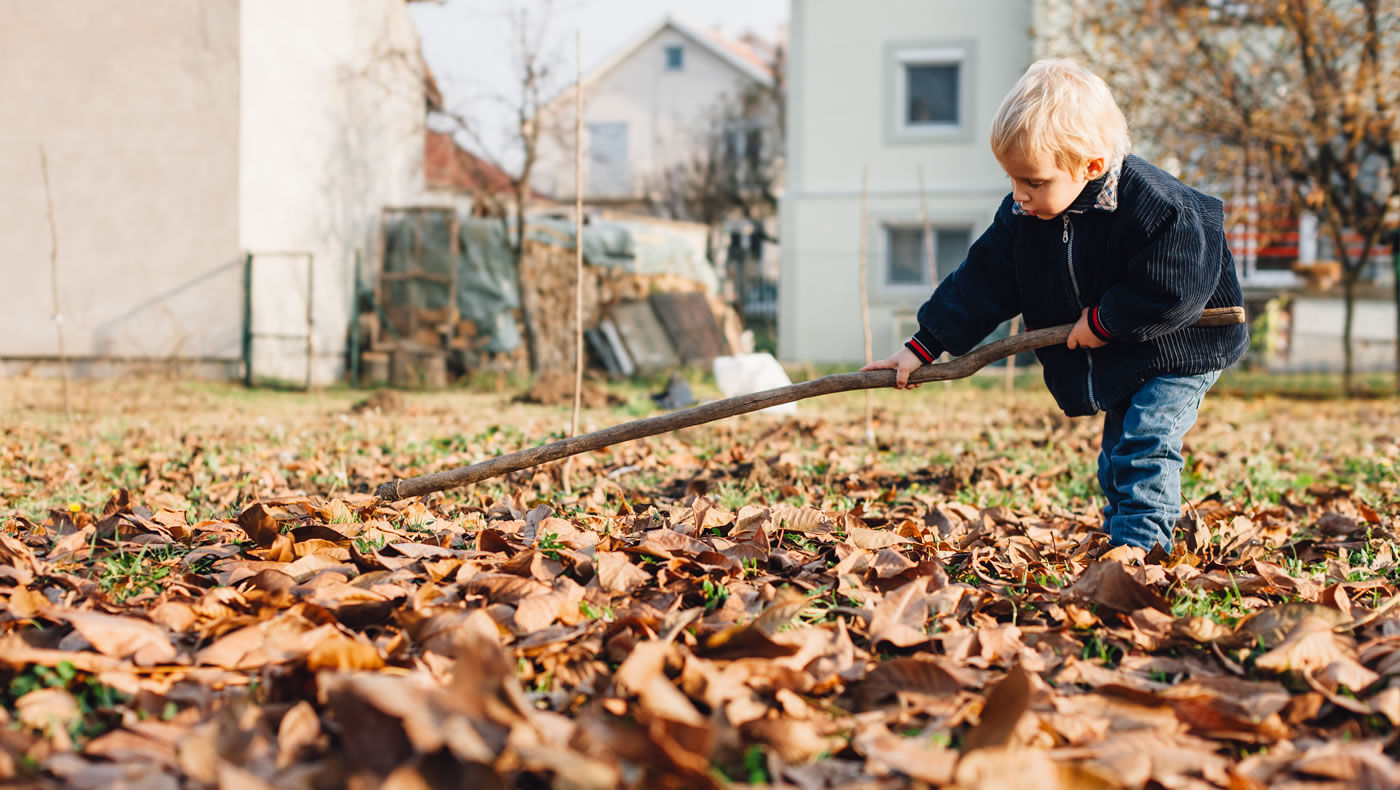
Fall is a beautiful time to be outdoors in Minnesota — which is fortunate, because it’s also a critical time for yard care. Cooling temperatures make fall the perfect season for planting new grass, pulling weeds, aerating the soil and taking extra steps to ensure a healthy comeback for your lawn next spring.
More importantly, fall yard care practices can make a big impact on water quality. The dead leaves that blanket your yard are full of nutrients like phosphorus and nitrogen that feed algae, cause fish kills and contaminate our waters with toxins and bacteria. Keeping leaves and other yard waste away from storm drains will go a long way toward protecting our rivers, lakes and streams.
Follow these eight steps to promote a healthier yard and cleaner waters.
1. Rake Your Leaves…
Fallen leaves can form a soggy, decaying mat on your yard that smothers the turfgrass underneath, exposing your lawn to mold and disease. To keep your lawn healthy and alive, rake the leaves, bag them up and remove them. Many cities offer curbside pickup of yard waste; otherwise, you can take them to a yard waste disposal site.
Tip: Rake early and often. Leaves left on your lawn for too long can harm it. They’re also harder to mulch, and tend to get into storm drains. By catching leaves before the first snowfall, you’ll prevent a soggy mess in the spring.
2. …Or Mulch or Compost Them Instead
As an alternative to raking and bagging, you can use the dead leaves on your yard as a natural fertilizer. Leaves are a potent source of nutrients. If you mulch them into smaller bits with your lawnmower, it has roughly the same effect as adding a round of store-bought fertilizer. That’s a good thing, if it all stays in your yard. But just remember that when leaves in any condition are blown or washed into storm drains, all those nutrients go directly into the nearest waterbody. It’s like dumping fertilizer in the river.
Tip: If your lawn looks like it’s more than 50 percent covered in leaves, consider bagging or composting rather than mulching them. Your mower might not be able to chop them up enough so that they fall between the grass blades.
3. Keep Your Leaves Off the Street
Bagging, mulching or composting your leaves serves another important purpose, which is to stop them from blowing into the streets. This helps keep the storm drains free of leaves, which pollute waterways and can even cause localized flooding if they form a clog. But some residents actually think they’re supposed to rake their leaves into the street for the sweepers to pick up. This is wrong, and — depending on where you live — potentially illegal.
Most cities send street sweepers out in the fall to catch leaves that have blown into the streets naturally. If you rake your leaves into the street for the sweepers to deal with, you’re just creating more pollution. The nutrients from all those decaying leaves will sit on the pavement waiting for a drop of rain or gust of wind to carry them into the storm drain.
Tip: Do your community a favor by adopting a local storm drain and keeping it clear of leaves and yard waste.
4. Don’t Stop Mowing
Grass grows more slowly in the fall, but it still grows. If your yard is looking a little shaggy, go ahead and mow it. Set your mower height to three inches, which is short enough to prevent matting (which invites snow mold) but long enough to support a healthy root structure that soaks up moisture and easily survives the winter cold. As an added bonus, you’ll mulch up any fallen leaves, which acts as fertilizer.
Tip: Check out our blog post on year-round lawn care tips: Mow Like a Pro: Six Tips for Greener Lawns and Cleaner Water.
5. Aerate (If You Want To)
If a healthy-looking lawn is important to you, one of the simplest ways to strengthen your turfgrass is by aerating it in the fall. Aeration involves punching small holes in your yard that loosens compacted soil and helps circulate air, water and nutrients within the soil. This leads to a healthier lawn that requires less fertilizer and other chemicals to maintain. Note that you don’t need to aerate every year to get the benefits; once every couple of years will do.
Tip: If you don’t have a core aeration attachment for your mower, make your life easier by renting a self-propelled core aerator from your local equipment rental shop. Rental prices vary, but a $40–$50 rental fee should buy you enough time to aerate your lawn.
6. Fertilize (If You Must)
If you need to fertilizer your lawn, fall is the right time of year to do it. At this time of year, plants are eagerly soaking up and storing any nutrients they can find. The payoff will come the following spring, after the grass starts growing again. Make sure you only buy zero-phosphorus fertilizers, follow the manufacturer’s instructions to the letter, and sweep up any fertilizer that falls on hard surfaces so that it doesn’t wash into storm drains.
Tip: Consider having the University of Minnesota test the soils in your yard before you fertilize. It’s inexpensive, and you’ll get great information on what kind of fertilizer will work best for your lawn.
7. Weed (If You Need To)
Fall is also the ideal season to kill or remove weeds. The most environmentally friendly method is good old-fashioned manual labor, so pull the weeds by hand if there’s a manageable number. If you must use an herbicide, follow the manufacturer’s instructions carefully and don’t spray it on any hard surfaces or areas where it could end up in the storm drains.
Tip: A variety of weed-pulling tools are available for a relatively low cost at your local hardware store or home center.
8. Patch Bare Spots with Seed or Sod
Fall is also the ideal time of year to plant new grass seed and patch any bare spots in your yard. In addition to making your yard look better, growing new grass in bare spots can help prevent erosion and trap pollutants that would otherwise flow into storm drains. Try to plant hearty grass varieties that will grow well in your yard’s soil and lighting conditions.
Tip: If your bare spots were caused by winter salt or deicer killing the grass, try planting more salt-tolerant grass varieties. Or, even better: try using less salt in the winter, since salt and deicer are also sources of pollution in our waterbodies.
